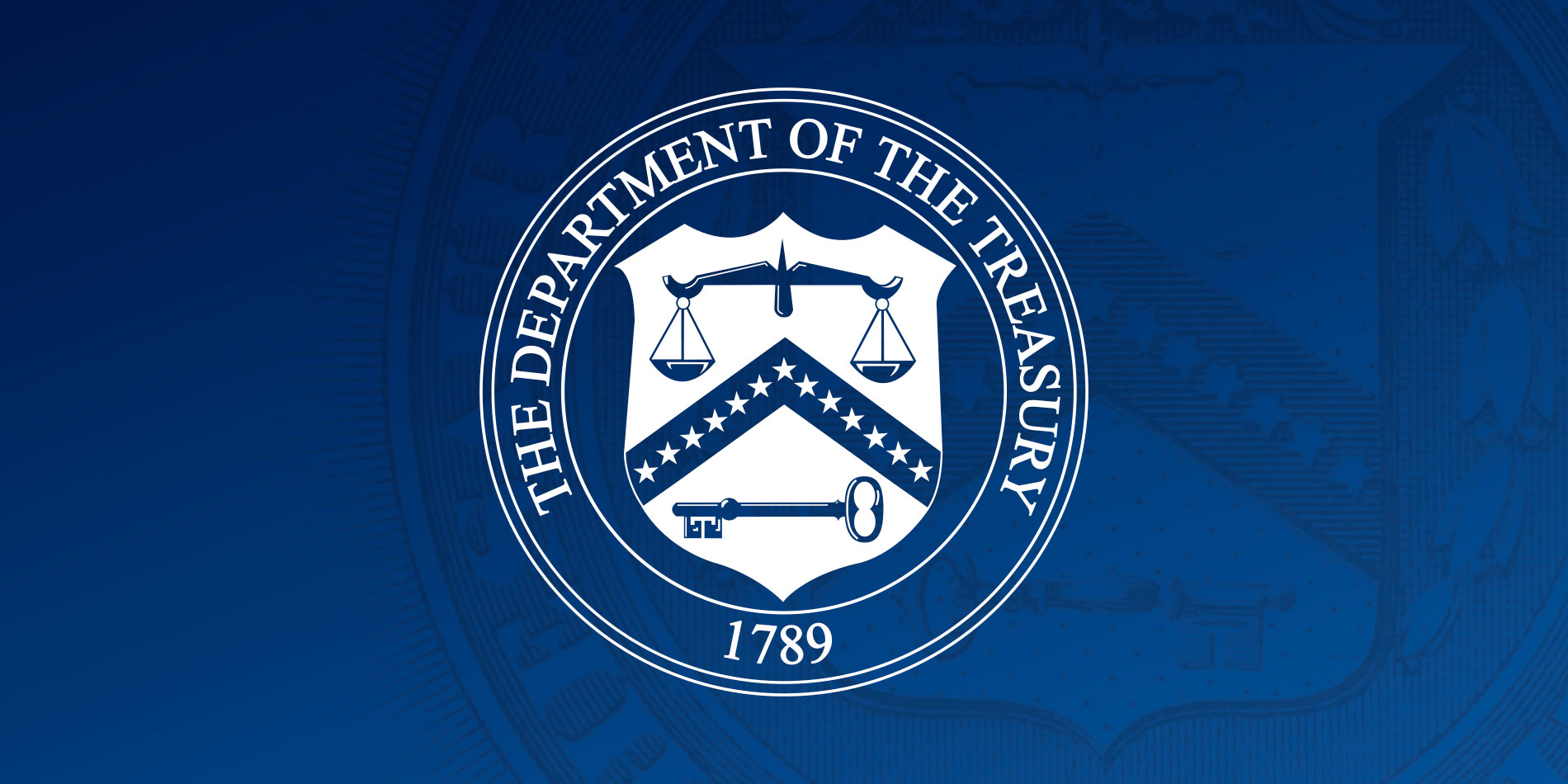Biden-Harris Administration Partners Announce Updated GREET Model to Measure Lifecycle Emissions from Sustainable Aviation Fuels to be Released in Early 2024
WASHINGTON, D.C. – Today the U.S. Department of the Treasury and Internal Revenue Service (IRS) released guidance on the Sustainable Aviation Fuel (SAF) Credit established by the Inflation Reduction Act (IRA), part of President Biden’s Investing in America agenda to create good-paying jobs and reduce climate pollution by spurring innovation in the aviation industry.
The Treasury Department worked closely with Biden-Harris Administration partners, including the Environmental Protection Agency (EPA), Department of Transportation (DOT), Department of Agriculture (USDA), and Department of Energy (DOE) on today’s Notice.
“The Biden Administration is driving American innovation to create good-paying jobs and help the U.S. clear hurdles in our clean energy transition,” said Secretary of the Treasury Janet L. Yellen. “Incentives in the Inflation Reduction are helping to scale production of low-carbon fuels and cut emissions from the aviation sector, one of the most difficult-to-transition sectors of our economy.”
“President Biden’s Investing in America agenda is creating pathways and incentives for innovators to create a cleaner, more sustainable future,” said U.S. Secretary of Energy Jennifer M. Granholm. “Sustainable aviation fuel will provide low carbon fuel made here in America to help decarbonize the hardest to reach areas in the transportation sector, and DOE is committed to supporting this effort which will lead to cleaner skies for all.”
“The Biden-Harris Administration is committed to harnessing the potential of sustainable aviation fuel to develop new economic opportunities for American agricultural producers. Today’s announcement is the next step in making this 36-billion-gallon industry all the more possible,” said U.S. Secretary of Agriculture Tom Vilsack. “By powering aviation through low-carbon fuels, farmers can earn extra income, tap into value-added climate-smart agriculture markets, and meet the demand for an aviation industry that seeks to accelerate sustainable production.”
“America ushered in the jet age, and aviation is a key part of our economy, society, and way of life. But the safety and sustainability of aviation depend on its ability to reach its goal of net-zero carbon emissions by 2050,” said U.S. Transportation Secretary Pete Buttigieg. “The time is now. That’s why President Biden is advancing the development of sustainable aviation fuels that will help us reduce carbon pollution while supporting economic growth and creating opportunity in American aviation.”
“Sustainable aviation fuel is a critical tool for tackling the climate crisis,” said John Podesta, Senior Advisor to the President for Clean Energy Innovation and Implementation. “Today’s guidance from Treasury provides certainty that multiple pathways are available to producers as they compete to decarbonize the aviation sector.”
The Treasury Department’s guidance provides important clarity around eligibility for the SAF Credit. The credit incentivizes the production of SAF that achieves a lifecycle greenhouse gas emissions reduction of at least 50% as compared with petroleum-based jet fuel. Producers of SAF are eligible for a tax credit of $1.25 to $1.75 per gallon. SAF that decreases GHG emissions by 50% is eligible for the $1.25 credit per gallon amount, and SAF that decreases GHG emissions by more than 50% is eligible for an additional $0.01 per gallon for each percentage point the reduction exceeds 50%, up to $0.50 per gallon.
Under the guidance issued today, numerous fuels will qualify for the credit, including valid biomass-based diesel, advanced biofuels, cellulosic biofuel, or cellulosic diesel that have been approved by EPA under the Renewable Fuel Standard (RFS).
Fuels that achieve a 50% or greater reduction in lifecycle greenhouse gas emissions under the most recent Carbon Offsetting and Reduction Scheme for International Aviation (CORSIA) standard will continue to qualify under today’s guidance. In addition, EPA, DOT, USDA, and DOE are announcing their commitment to release an updated version of DOE’s GREET model by March 1, 2024. Pending further guidance from the Treasury Department, the updated GREET model will provide another methodology for SAF producers to determine the lifecycle GHG emissions rates of their production for the purposes of qualifying for the SAF Credit for SAF sold or used during calendar years 2023 and 2024.
The updated model will incorporate new data and science, including new modeling of key feedstocks and processes used in aviation fuel. The updated model will also integrate other categories of indirect emissions like crop production and livestock activity, in addition to best available science and modeling of indirect land use change emissions. The updated model will also integrate key greenhouse gas emission reduction strategies such as Carbon Capture and Storage, Renewable Natural Gas, Renewable Electricity, and Climate-Smart Agriculture Practices.
###
Official news published at https://home.treasury.gov/news/press-releases/jy1998



